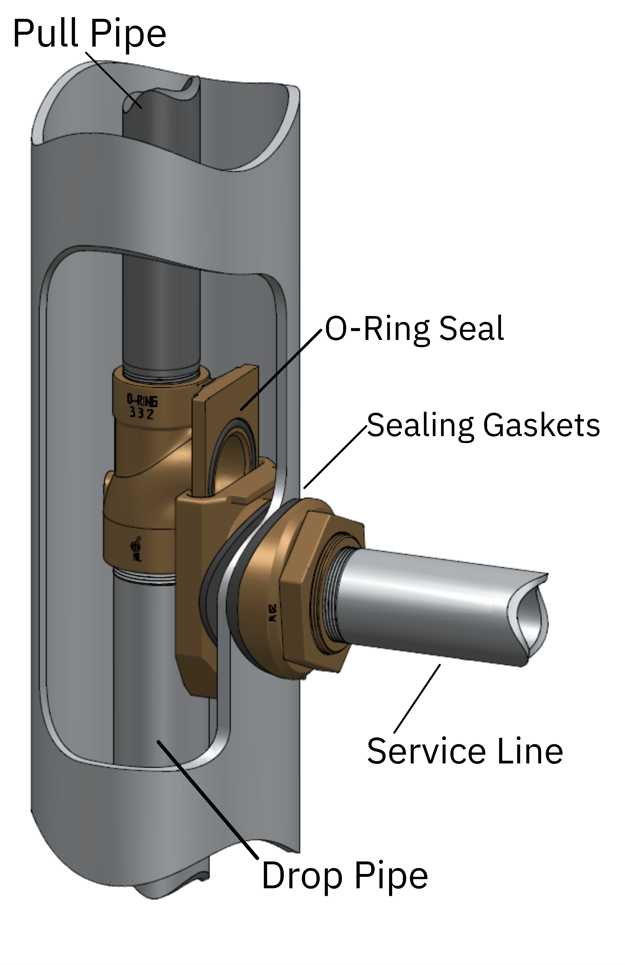I'm putting a submersible pump in my cistern and I need to design a flow sleeve for it. My pump is 1/2 hp 10gpm and it is 3.75 inches in diameter. Will a 4 inch PVC sched 40 pipe be enough diameter to get enough flow around it. Seems 1/8 inch on the sides is very little.
Also the pump manufacturer advised my to put the pump in a vertical position. Everyone I see doing this in a cistern is putting the pump in horizontally or with a slight incline.
What do you think?
Also the pump manufacturer advised my to put the pump in a vertical position. Everyone I see doing this in a cistern is putting the pump in horizontally or with a slight incline.
What do you think?

